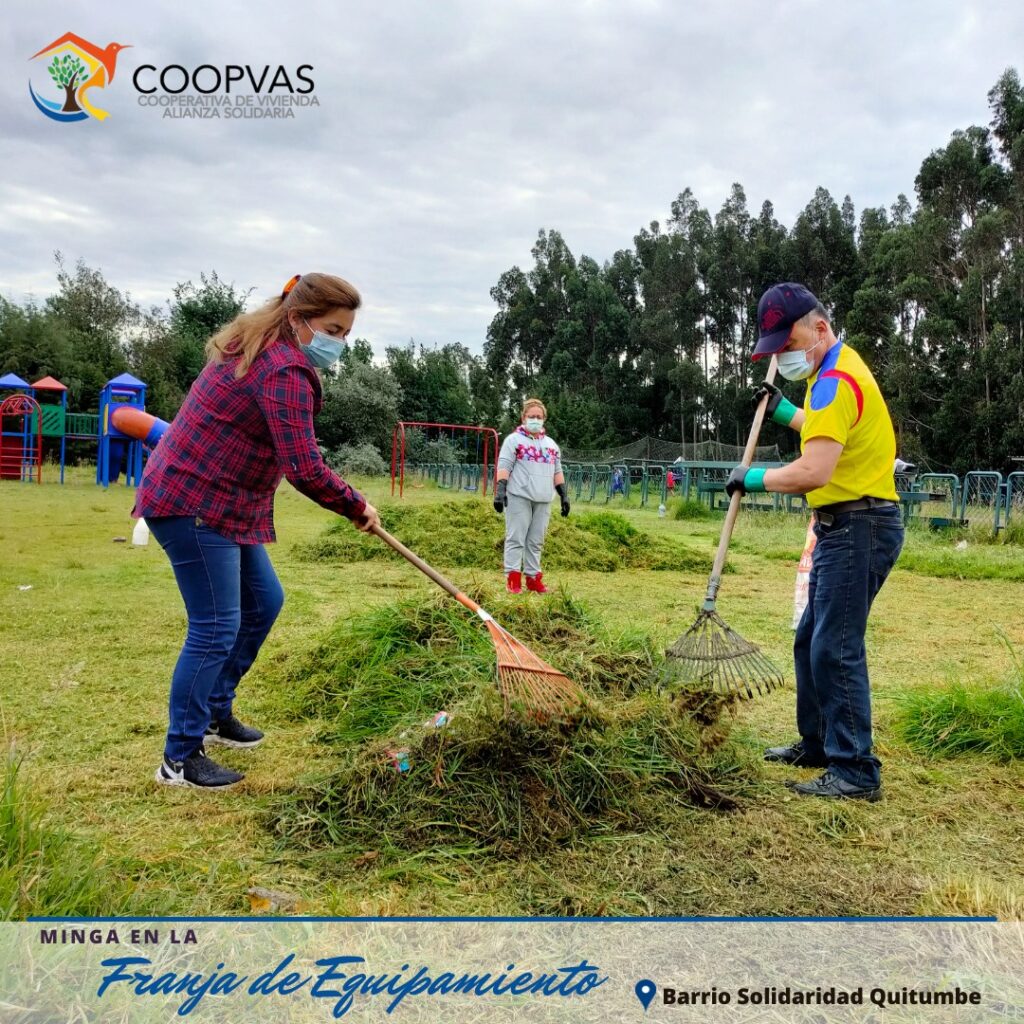The minga, a pre-Columbian form of sharing economy (of our days)
Long before AirBnB, Uber and other flagships enterprises of the so-called ‘sharing economy’ (what’s actually being shared with, and by whom, is another discussion), pre-Columbian Inca civilizations were putting in practice the minka philosophy of communal work and living together. Also called mink’a, from Quechua minccacuni (« ask for help by promising something »), it has derived today in some regions into minga or in its hispanized version, faena (chore). According to the Spanish Royal Academy dictionary, a minga is a “gathering of friends and neighbors to do some common free work” and “collective and free agricultural work for purposes of social utility” – note that we stick here with the Latin American meaning, the Castilian Spanish version is a far more physiological one… This millennial tradition is indeed still alive in the Andean and neighbouring countries – such as Ecuador, Chile, Peru or Bolivia – and it can have different community utility purposes such as the construction of public buildings or to benefit a particular person or family, for example with the harvest. While a minga involves a collective workspace with a festive approach, there are different ways of establishing a remuneration for the participants and to ensure the reciprocity of the practice. For example, if the goal is to help a particular family, it will make sure that those who come to help are served with food and drink, and it will also contract the duty to ‘return the day’ in a future occasion.
A recognized and researched minga based experience is the Solidaridad Quitumbe neighborhood in Quito, Ecuador. Initiated by the Alianza Solidaria housing co-op, the approach has been from the very beginning almost 25 years ago to build an habitat with central axes such as community work, solidarity and environmental preservation. The latter, among others, because its land is flanked by two ravines, the initial degradation of which made it impossible to inhabit the place. The decision was then to self-organize the restauration of the area through communal work: the savings cooperative that delivered the houses committed indeed the future inhabitants to attend 120 mingas as part of the contribution to their housing. Since then, this community organization approach has been kept alive. Through solidarity economy initiatives, water treatment projects, urban gardens, alternative mobility, or educational workshops, the communal work in Solidaridad Quitumbe allows to improve the quality of life of its more than 600 families.
In the last decades, several institutional approaches to the concept of minga have been put in place -with different degrees of continuity – in countries such as Peru or Argentina. Apparently, even the Corean Republic imported the idea in the 1960’s, with impressive results allegedly (I confess I haven’t been able to find any detailed information on this, if anyone has a lead it will be welcome!).

Image: A modern example of Mink’a / faena in the peasant community of Ocra, Peru, during which an adobe community kitchen is built. https://upload.wikimedia.org/wikipedia/commons/thumb/8/8a/Dismantling_an_old_Adobe_building_in_Ocra%2C_Chinchaypujio.jpg/1920px-Dismantling_an_old_Adobe_building_in_Ocra%2C_Chinchaypujio.jpg
Credit: Tobias Deml (CC BY-SA 4.0)
Credit: Cooperativa de Vivienda Alianza Solidaria (Facebook)
